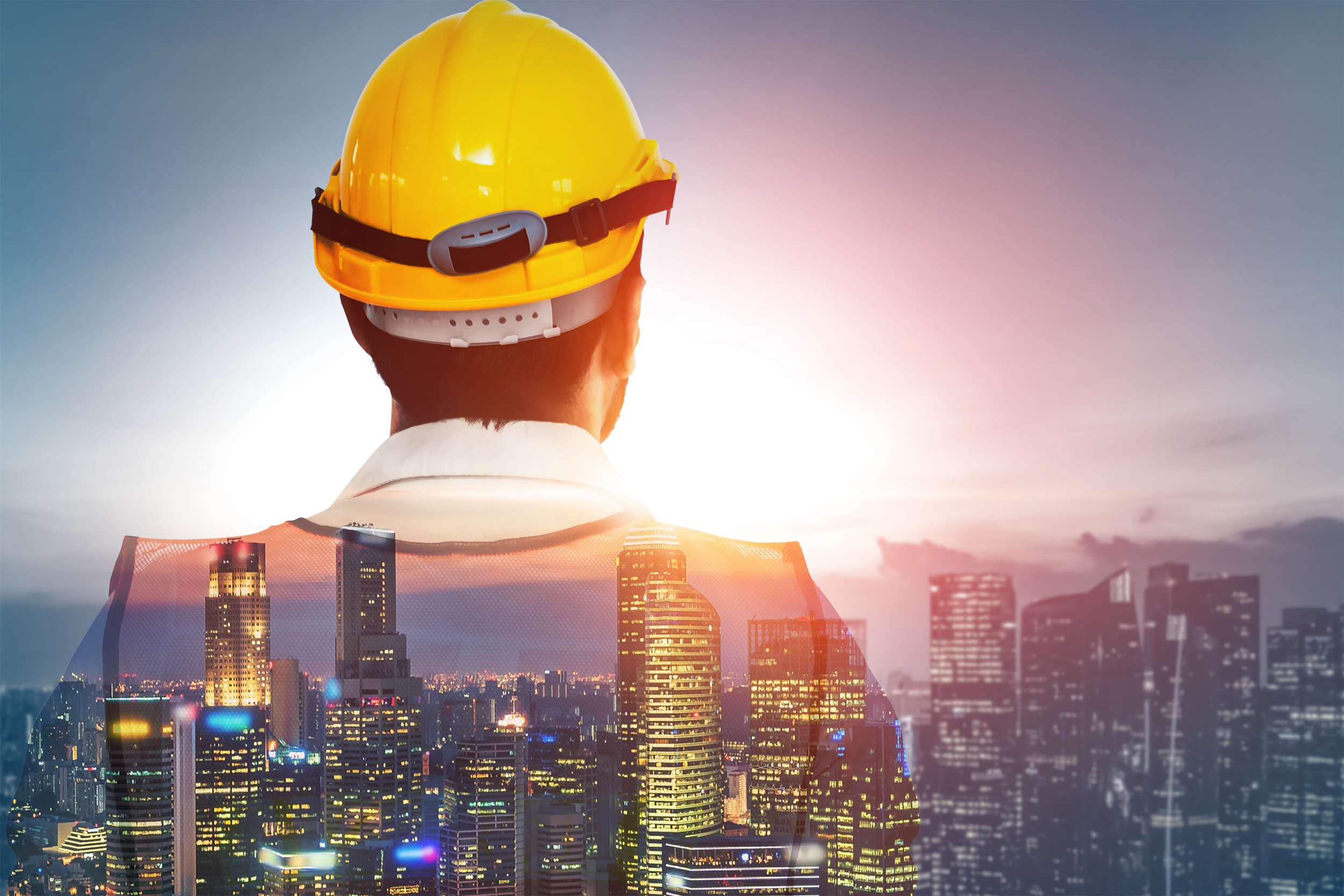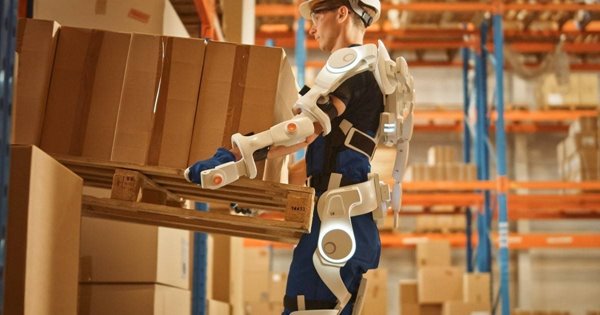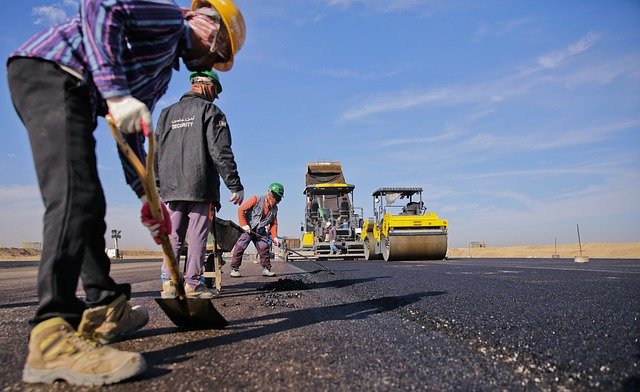2021 was full of growth for many construction companies, but it wasn’t always easy. Bottlenecks in production and delayed shipping increased material costs, and a shortage of labor slowed down projects. Necessity is the mother of invention, though, and these struggles have led to the creation of many new and creative solutions in the industry. The following trends are expected to become commonplace in 2022 as crews work toward faster build speeds, efficient use of quality materials, and finding ways to keep their crews happy and safe.
- Digitalization. Last month we told you all about exosuits, wearables to keep workers injury free on the job site. They are just one example of technology that keeps projects running smoothly and workers safe. Technology like cloud-based collaboration software, drones, and robots are also becoming standard and will shape the industry through the coming years.
- Happy Workers. You can have all the robots in the industry, but without enough people on your crew, your job will be at a standstill. The “great resignation” of 2021 has left a serious skills gap throughout the construction world, and companies are having to incentivise workers in new and thoughtful ways. These methods include better pay and benefits, regular training and opportunities for upward momentum, and innovative tools to maximize safety.
- New Materials. Transparent aluminum. Self-healing concrete. These are just a few of the newly engineered materials on the market created to reduce construction costs. Many utilize recycled base components, which save money and reduce waste.
- 3D Printing. Similarly, 3D printing is quickly becoming a rising star in the industry. Whether printing a replacement part for a machine or creating a highly detailed construction model, 3D printing is becoming popular as a quick and efficient way to keep jobs on schedule.
- Building Information Modeling (BIM) & Digital Twins. Both built using IOT technology, BIM and Digital Twins allow better communication between workers, management and customers. BIM provides information throughout all the construction phases, including project schedule, cost, and materials. A Digital Twin is a virtual model of a building site or building. It captures thousands of data points that can then be viewed, monitored, and even changed in real time. This allows crews to text new ideas or try new designs, saving both time and materials.
We can’t wait to see all the ways you and your crew put modern tech to real use in your projects. In the meantime, have a safe and happy new year! We at Steadfast look forward to meeting all of your staffing and equipment needs in 2022.








